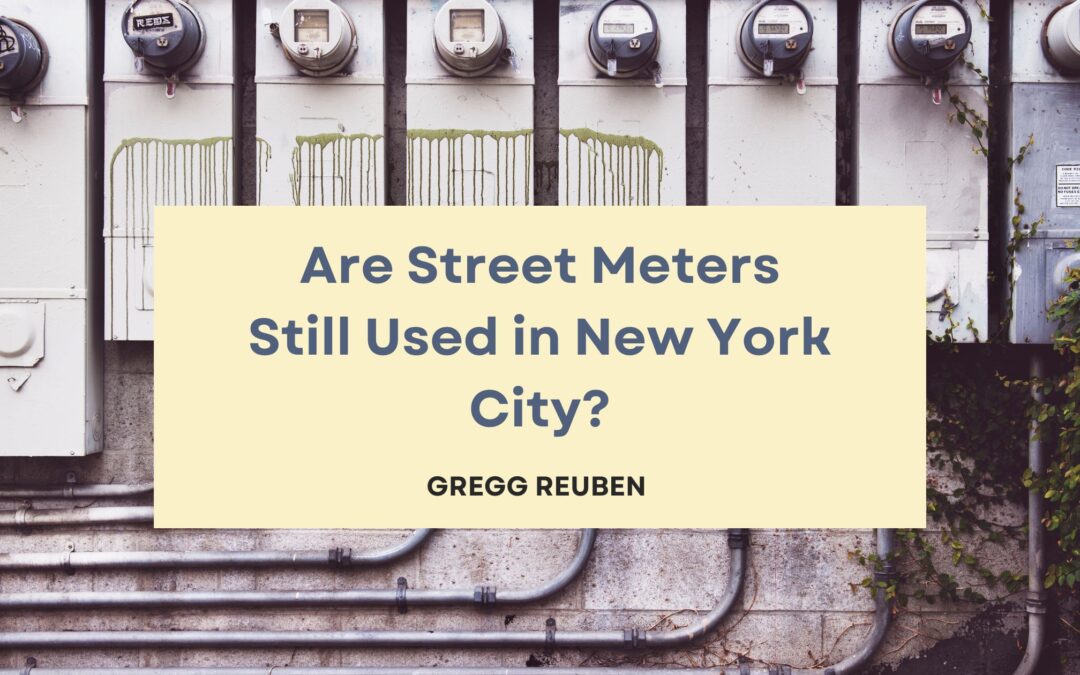In the bustling metropolis of New York City, where the pace of life never seems to slow, one might wonder: Are street meters still standard on the busy avenues and bustling streets? The answer is yes, although their prevalence and importance have evolved.
While many aspects of city life have transitioned into the digital age, the humble street meter has endured, albeit with modern upgrades. Once mechanical and coin-operated, these meters have now transformed into sleek, high-tech devices equipped with digital displays and multiple payment options.
Despite the rise of alternative modes of transportation and digital payment systems, street meters remain a crucial part of New York City’s parking infrastructure. They are convenient and reliable for regulating curbside parking and ensuring turnover in high-demand areas.
Street meters are vital in managing parking spaces, especially in densely populated areas with limited parking. By imposing time limits and fees, they discourage long-term parking, thus freeing up spaces for other vehicles and promoting turnover.
Moreover, street meters contribute to the city’s revenue stream, generating funds that can be reinvested into transportation infrastructure, public services, and community initiatives. This revenue helps support essential services and projects that benefit residents and visitors alike.
In recent years, street meters in New York City have undergone significant advancements to keep pace with technological innovations and changing consumer preferences. Many meters now offer various payment options, including credit/debit cards, mobile payment apps, and even contactless payment methods like Apple Pay and Google Pay.
These modernized meters enhance drivers’ convenience and streamline enforcement and monitoring for city officials. Real-time data analytics allow authorities to track parking patterns, identify areas of high demand, and adjust pricing and regulations accordingly.
Despite their continued relevance, street meters in New York City are not without their challenges and controversies. Issues such as malfunctioning meters, confusing signage, and inconsistent enforcement practices have sparked frustration among motorists and raised concerns about fairness and transparency.
Additionally, the rise of ride-sharing services and bike-sharing programs has introduced new dynamics to urban mobility, challenging traditional parking norms and prompting cities to rethink their approach to curbside management.
In conclusion, while the urban transportation landscape continues to evolve, street meters remain a fundamental component of New York City’s parking ecosystem. As the city adapts to new technologies and trends, street meters will likely continue to play a vital role in ensuring efficient parking management and supporting the vibrant rhythm of life in the Big Apple.
